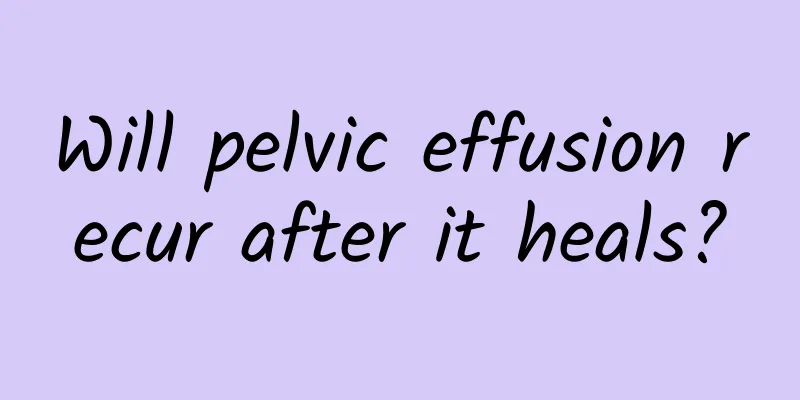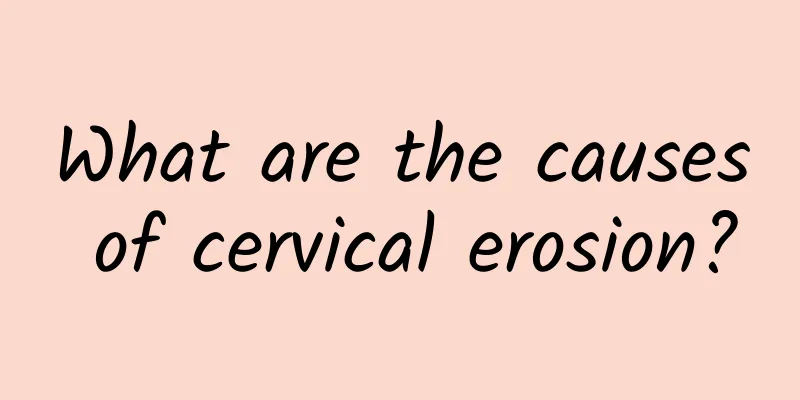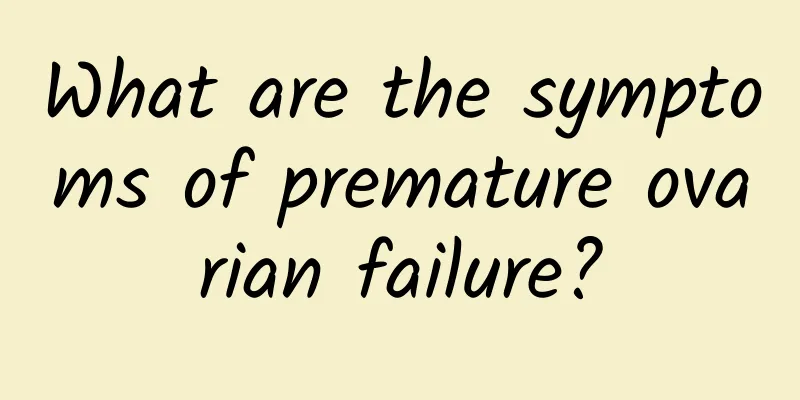Will pelvic effusion recur after it heals?

|
Pelvic effusion is a very common gynecological disease. According to traditional Chinese medicine, the pathogenesis of this disease is divided into two categories: damp-heat stasis and cold stagnation. According to Western medicine, pelvic effusion is the presence of inflammatory exudate in the pelvic cavity, which can occur after pelvic effusion adnexitis or endometriosis (pathological). So will pelvic effusion recur after being cured? Pelvic effusion is divided into physiological pelvic effusion and pathological pelvic effusion. Physiological pelvic effusion is easier to cure than pathological pelvic effusion, and sometimes it is a good thing. Because the pelvic cavity is the lowest part of the abdominal cavity in the whole body, when there is exudate or leaked fluid, it will be drained to the pelvic cavity, thus forming pelvic effusion. Some normal women will have a small amount of blood accumulated in the pelvic cavity during menstruation or ovulation, forming pelvic effusion. Such pelvic effusion is sometimes a good thing, which proves that the woman's fallopian tube is unobstructed. If the fallopian tube has exudation, if the umbrella end is unobstructed, a small amount of exudate will flow into the pelvic cavity, thus forming pelvic effusion. Severe pathological pelvic effusion requires surgical treatment. In clinical practice, pelvic effusion in most women is caused by inflammation, which is the presence of inflammatory exudate in the pelvis. If it is not treated, it can grow slowly. If it is too large, it is not easy to eliminate it with drugs, and surgical treatment is required. Therefore, this situation is more difficult to cure than physiological pelvic effusion. At the same time, whether the treatment will recur depends on the patient's personal postoperative prevention. It is recommended to consult a professional physician after surgery. There are many causes of pelvic effusion, such as the patient's bad hygiene habits, such as having sexual intercourse during menstruation, within one month after delivery, taking a bath within one month after gynecological surgery, etc.; nosocomial infection caused by improper disinfection during artificial abortion and induced labor; chronic infection lesions, which may be inflammation of the gynecological system such as the ovaries and fallopian tubes in the pelvic cavity; it may also be caused by tuberculosis or tumors. Pelvic effusion is divided into physiological pelvic effusion and pathological pelvic effusion. If it is physiological pelvic effusion, it is OK and no treatment is required. Because it proves that the woman's fallopian tube is unobstructed and there is exudation in the fallopian tube. If the umbrella end is unobstructed, a small amount of exudate will flow into the pelvic cavity, thus forming pelvic effusion. However, if it is pathological pelvic effusion, then treatment is necessary. There are many ways to treat pathological pelvic effusion, including physical therapy, drug therapy, surgical treatment, combined Chinese and Western treatment, etc. If the treatment method of pelvic effusion is used correctly and the post-health care is good, it is still very easy to treat. In addition to drug treatment, it is very important to develop a good habit of genital cleaning. Pay attention to personal hygiene. Strengthen personal hygiene during menstruation, postpartum, and after miscarriage, change underwear and sanitary napkins frequently, avoid cold, and avoid excessive fatigue. Second, eat more light food and nutritious food such as eggs, tofu, red beans, spinach, etc. Avoid eating raw, cold and irritating food. Third, avoid sexual intercourse during menstruation to avoid infection. Pay attention to the cleanliness of menstrual pads, and it is best to use disinfected toilet paper. Pelvic effusion does not necessarily require surgical treatment, because physiological pelvic effusion is a normal condition, so even treatment is not necessary. Pathological pelvic effusion requires treatment, but not all cases require surgical treatment. Surgical treatment is only performed when there is a mass such as hydrosalpinx or tubo-ovarian cyst. Surgical treatment is also suitable for those with small infection foci that repeatedly cause inflammation. The principle of surgery is to completely cure the disease and avoid the chance of recurrence of residual lesions. Unilateral adnexectomy or hysterectomy plus bilateral adnexectomy should be performed. For young women, ovarian function should be preserved as much as possible. Single therapy for chronic pelvic effusion is less effective, and comprehensive treatment is appropriate. When pathological pelvic effusion is not very serious, non-surgical treatment can be used, such as physical therapy, drug therapy, comprehensive treatment, etc. In addition, food therapy can also be used, because Chinese medicine considers that pelvic effusion is caused by damp heat, so food therapy can eat more spleen-strengthening and dampness-removing products, such as yam, ginkgo, lotus seeds, Euryale ferox, coix seed, etc. |
<<: What are the symptoms of pelvic effusion?
>>: Is pelvic effusion contagious?
Recommend
Will endometrial polyps increase in number?
Will endometrial polyps increase in number? Endom...
Obese and tired even though you don’t eat high-calorie foods? Doctor Liu Boen: 4 tips for cleaning your body to lose weight easily
Every October to February of the following year i...
Adnexitis is mainly caused by bacterial invasion.
Adnexitis is mainly caused by bacterial invasion,...
Reasons for delayed menstruation for girls Four reasons for delayed menstruation
Many female friends continue to experience delaye...
Endocrine disorders can easily lead to vulvar leukoplakia
As a very common gynecological disease, vulvar le...
What are the main diagnostic criteria for vulvar leukoplakia?
Many people do not know about vulvar leukoplakia,...
Is cervical precancer dangerous?
I am very happy to serve you and see your questio...
Experts explain the precautions before painless abortion
The precautions before painless abortion are a to...
Four types of causes of vulvar leukoplakia that cannot be ignored
Vulvar leukoplakia is a cruel disease for women. ...
Can I detect a miscarriage after it occurs?
Nowadays, the openness of sex life has caused man...
Is it normal for vaginal discharge to smell sour?
If the leucorrhea simply has a sour smell without...
TCM's Differentiation of Symptoms and Signs for Ectopic Pregnancy
Traditional Chinese medicine believes that the ca...
How to care after uterine fibroid surgery?
Uterine fibroids are a common gynecological disea...
Why is menstruation irregular?
Why is menstruation irregular? Irregular menstrua...
With this one trick, you can turn off the factor that causes obesity! Start the secret of slimming and anti-aging
Have you tried countless weight loss methods, but...









